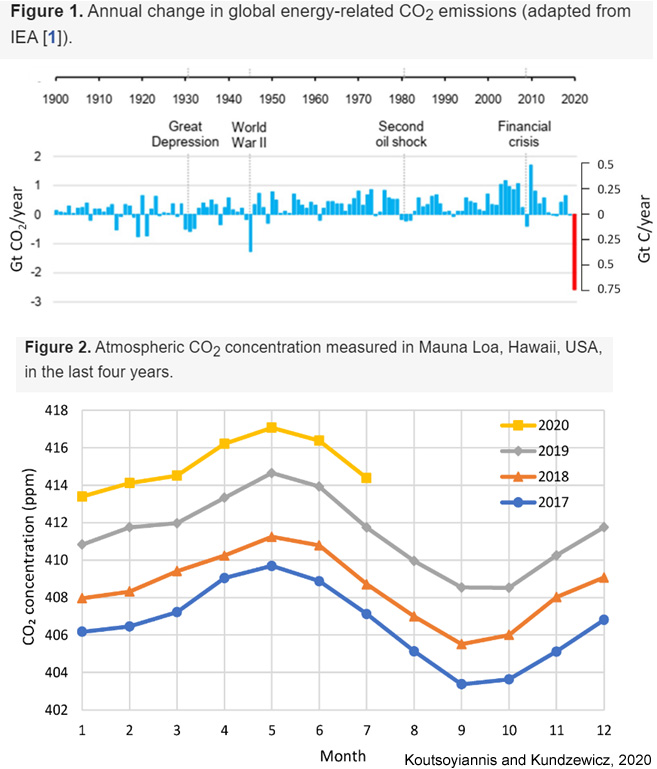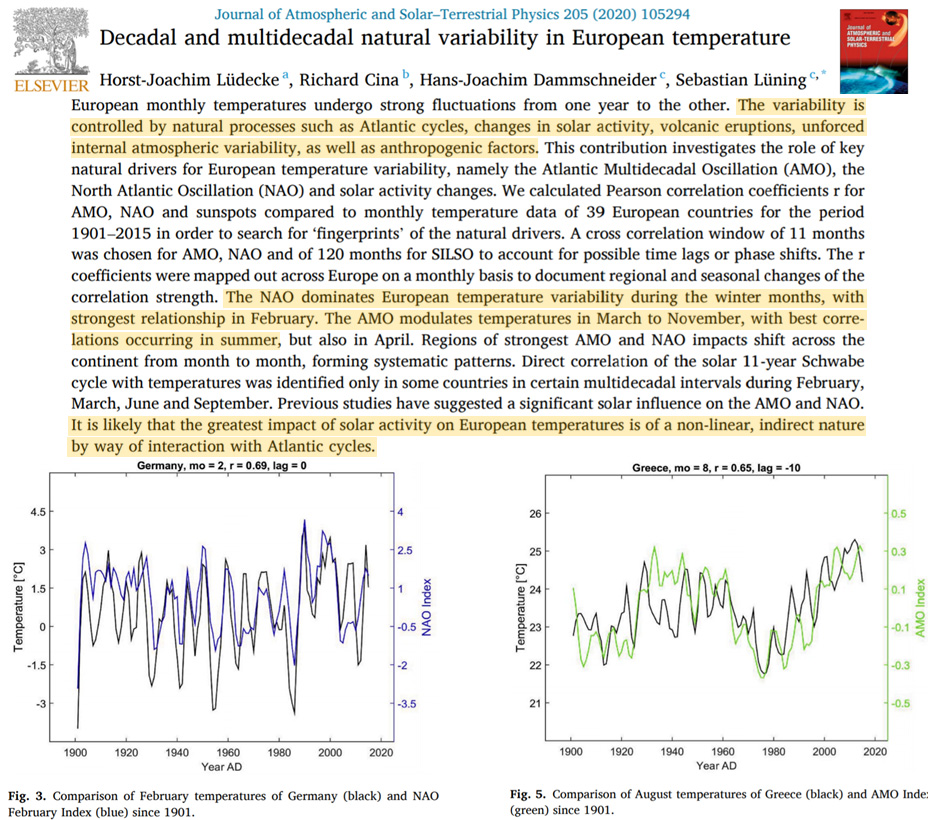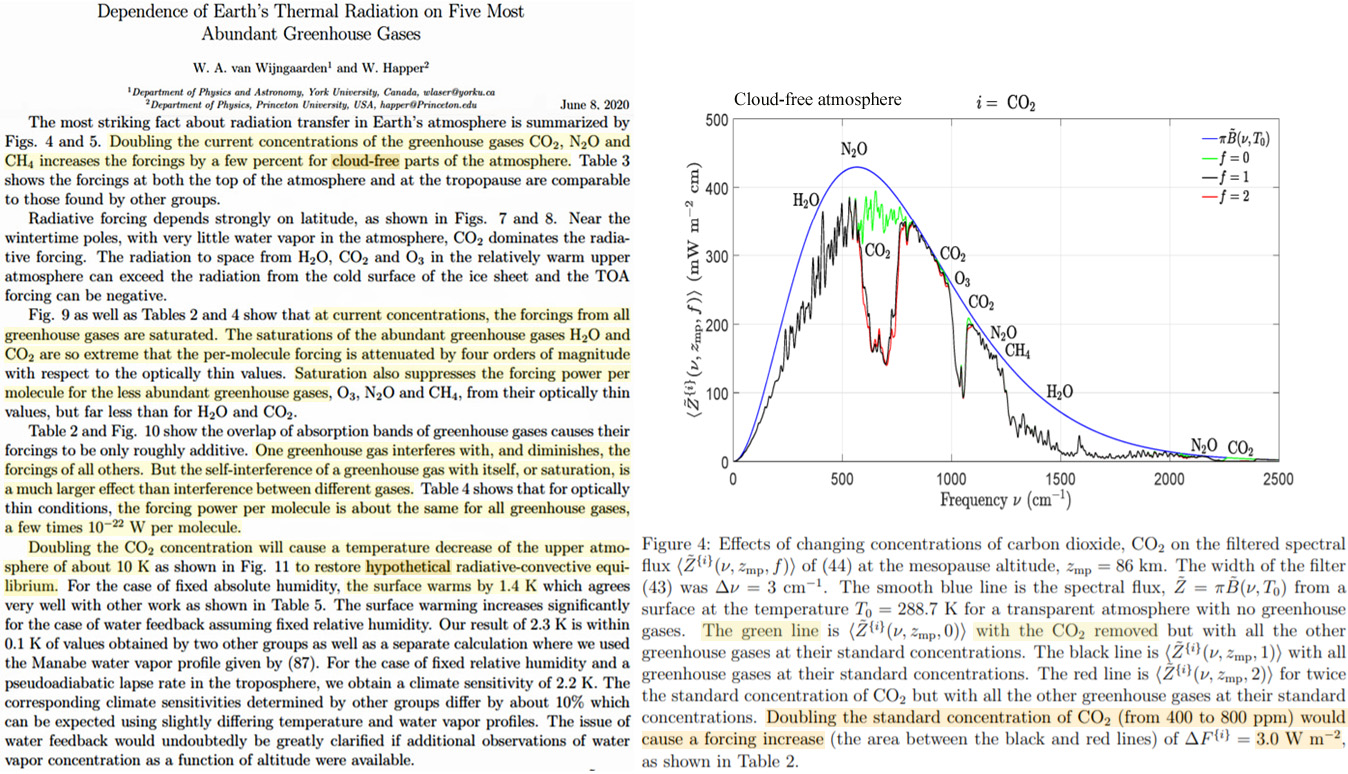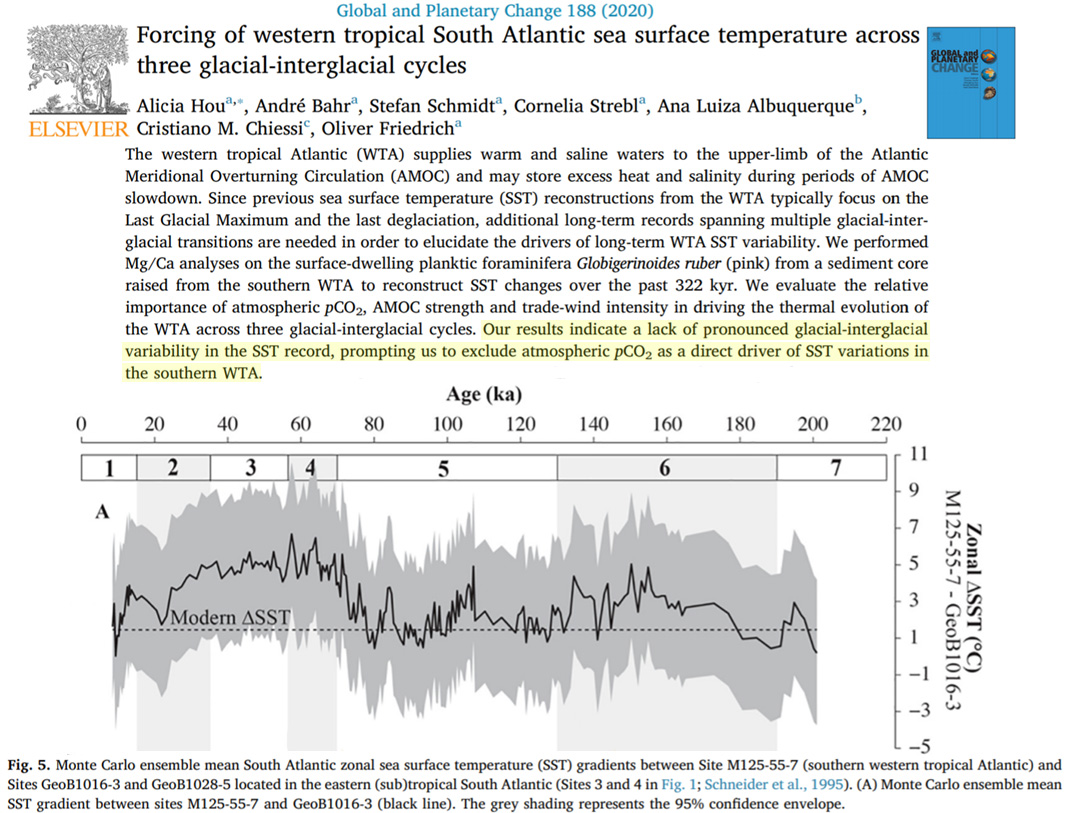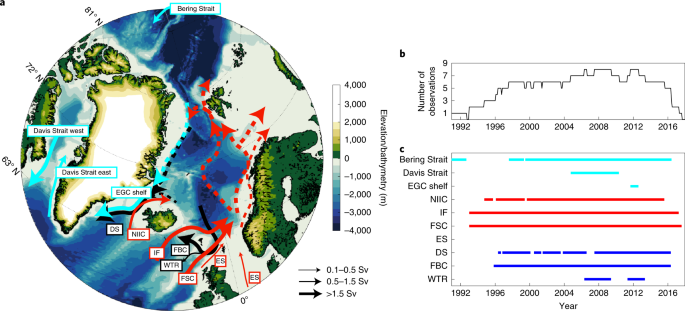- Joined
- Jan 28, 2013
- Messages
- 94,823
- Reaction score
- 28,342
- Location
- Williamsburg, Virginia
- Gender
- Male
- Political Leaning
- Independent
Asking the Non-Consensual Questions, My New Book on Climate Change
October 4, 2020 By jennifer 4 Comments

He is calling it the ‘thinking sceptics’ guide to climate change. The article is by journalist Graham Lloyd in The Weekend Australian. It is about my new book, Climate Change: The Facts 2020 (CCTF2020). Graham Lloyd has read the book – all 20 … [Read more...]
October 4, 2020 By jennifer 4 Comments

He is calling it the ‘thinking sceptics’ guide to climate change. The article is by journalist Graham Lloyd in The Weekend Australian. It is about my new book, Climate Change: The Facts 2020 (CCTF2020). Graham Lloyd has read the book – all 20 … [Read more...]



